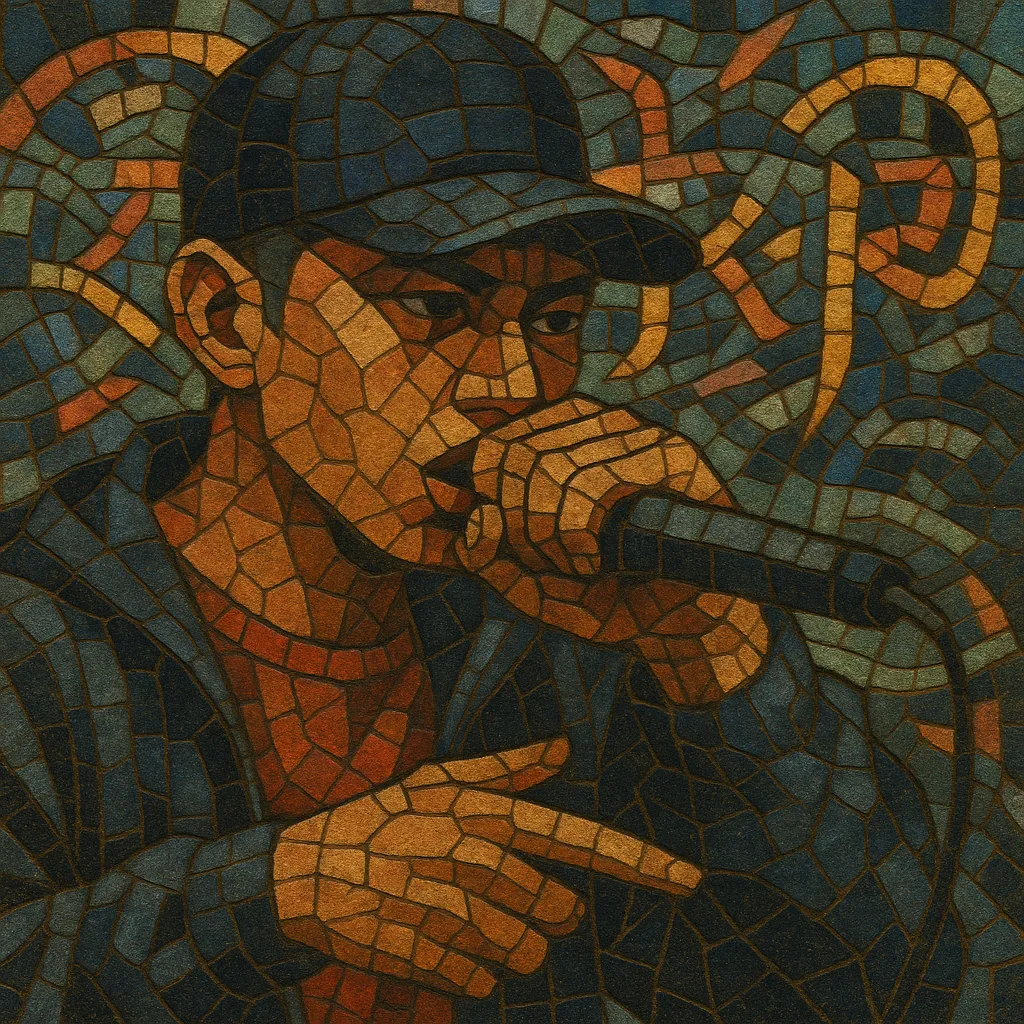J-rap (Japanese rap) is Japan’s interpretation of hip hop culture and MCing, performed primarily in Japanese and shaped by local sensibilities.
It blends the rhythmic delivery and beat aesthetics of American hip hop with Japanese language prosody, pop sensibility, and occasional traditional or city-pop sampling.
Since the early 1990s, J-rap has spanned boom-bap, jazz-rap, pop-rap crossovers, and modern trap, while sustaining a strong DJ and club culture alongside lyrical scenes focused on social commentary and wordplay.
Hip hop culture reached Japan in the early-to-mid 1980s via records, movies, and breakdancing. Early adopters learned DJing and MCing from American imports, with electro and old school hip hop laying the foundation for local parties, crews, and radio exposure.
Groups like Scha Dara Parr, Rhymester, and King Giddra helped establish a distinct Japanese voice for rap. Their work adapted boom-bap rhythms, jazz-rap textures, and battle/posture into Japanese, addressing topics from everyday life to social critique. The scene coalesced around clubs, indie labels, and radio programs, while turntablism and DJ culture flourished in parallel.
RIP SLYME, Kick The Can Crew, KREVA, and Zeebra broadened J-rap’s reach with pop-rap anthems and chart success. Collaborations with J-pop artists and hooks tailored for radio blurred lines between underground and mainstream. In parallel, producers like Nujabes and MCs such as Shing02 advanced a jazzy, reflective style that later became a touchstone for the global lo-fi beats movement (e.g., through anime soundtracks like Samurai Champloo).
A new generation embraced trap drums, 808 sub-bass, and internet aesthetics. Artists like KOHH and crews such as BAD HOP pushed darker, more aggressive sounds, while others continued the jazz-rap and alternative lanes. Streaming, YouTube, and social media fostered wider audiences, and rap increasingly appeared in anime, gaming, and idol contexts, cementing J-rap’s place both domestically and internationally.


